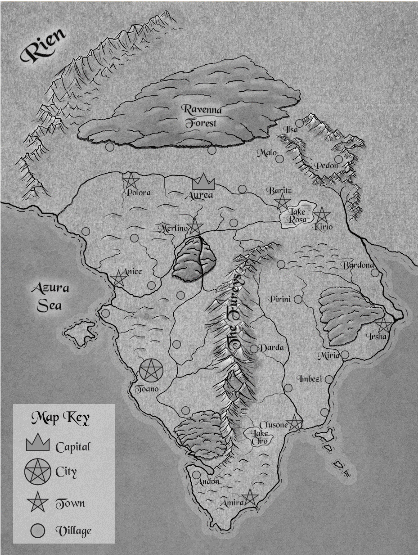The Alexandrian’s blog is an excellent resource for anyone who wants to run a game regardless of genre or system. The sections on Gamemastery 101, RPG Scenarios, or RPG Cheat Sheets are worth the deep dive. And Justin Alexander has collected this wisdom into a single tome, So you want to be a Game Master.
Chapter Summary
The first chapter on Dungeons covers the core concepts of running any game. Building from the smallest encounter in running a room to a full dungeon with a sample adventure. All the while supporting this with underlying philosophical ideas. Along with concrete tools and procedures for creating random encounters, running traps, or the like.
Exploring scenario design with an adaptable recipe of the 5+5 dungeon, which provides various room types to create interesting dungeons and combat encounters. Expanding on these ideas into large dungeons with simple yet interesting complications of loops, layers, and labyrinths to deliver a dynamic dungeon full of life.
The first chapter ends with multiple paths to explore in terms of well-organised chapters that will cater to many styles of play regardless of genre or game system.
Peppered through the Mysteries chapter are actionable insights, like removing empty time (or as Prof DM says the Shoe Leather), and observations for creating a mystery with his 3 clue rule and the node-based structure to support non-linear adventure design.
This chapter approaches location-based adventures for more proactive players, where the PCs will want to conduct a raid, where they will want to stack the odds in their favour. So, it covers the GM prep needed in terms of floorplans, defences, and running the raid. Heists are a more complex raid, with more steps the players will want to move through, and as a GM, you can focus your prep on the important parts. And finally, it covers which is better to run, based on your group.
The Urban Adventures chapter discusses when you should use a city. Providing tools to create, populate, and run it without overloading you as a GM. It also explores different ways of looking at dealing with downtime for individuals & factions, running urban crawls, and structuring social events. It also explores downtime, ubrancrawls (aka urban adventures), and structuring social events.
The penultimate chapter, Into the Wild, gives a counterpoint to the urban world with the wild unknown. Organising the PCs around watches and the routes they travel. This gets expanded into Hex crawls and Point crawls.
The final chapter is all the other stuff to support your games from campaigns, introducing new RPGs, running open tables, and quick worldbuilding.
Overall
Suitable for beginner Game Masters, by showing them the simplicity of running a game. Supporting the Novice GMs by expanding their repertoire of techniques with a raft of new ideas to progress towards mastery. And for the Gaming Grand Master who knows it all. It’s a handy reminder of forgotten things, a refresher to classic ideas and a reference for a fuller game. Wholeheartedly recommended for any game master’s bookshelf.









You must be logged in to post a comment.